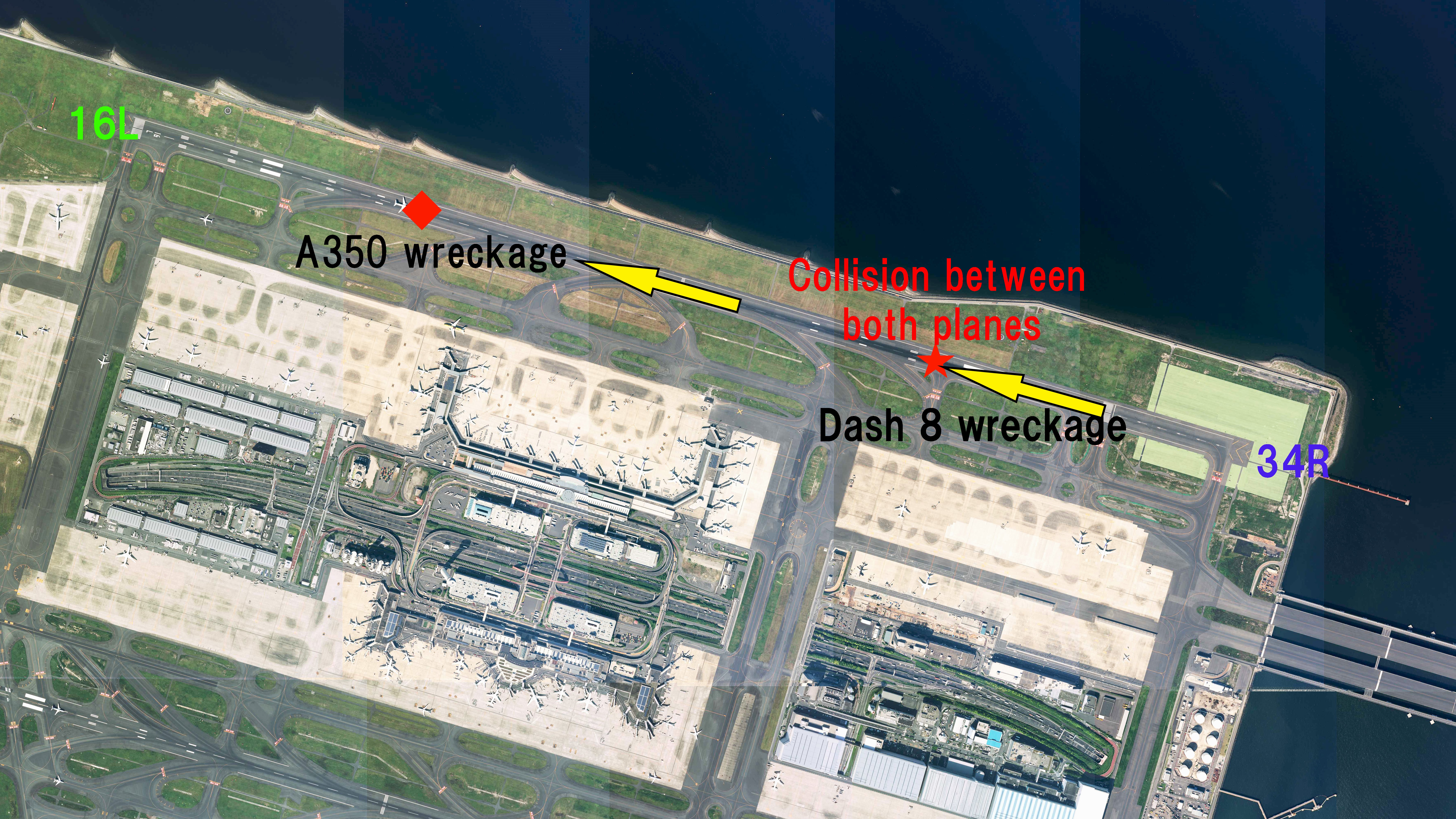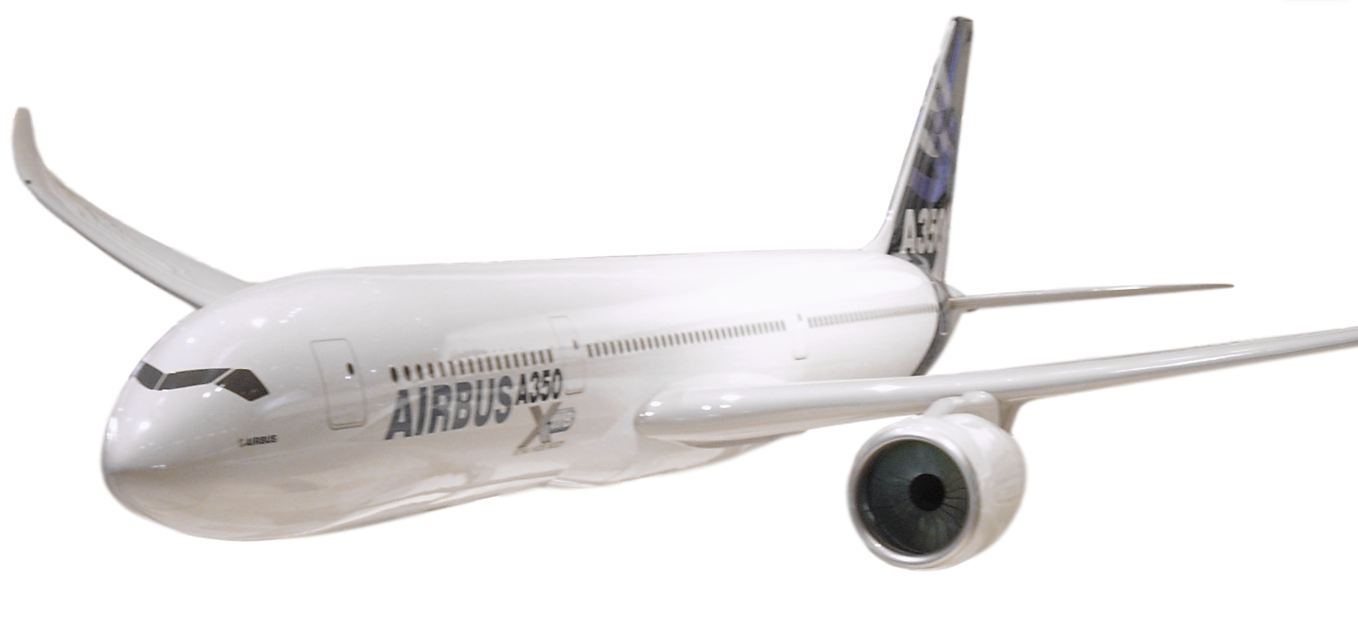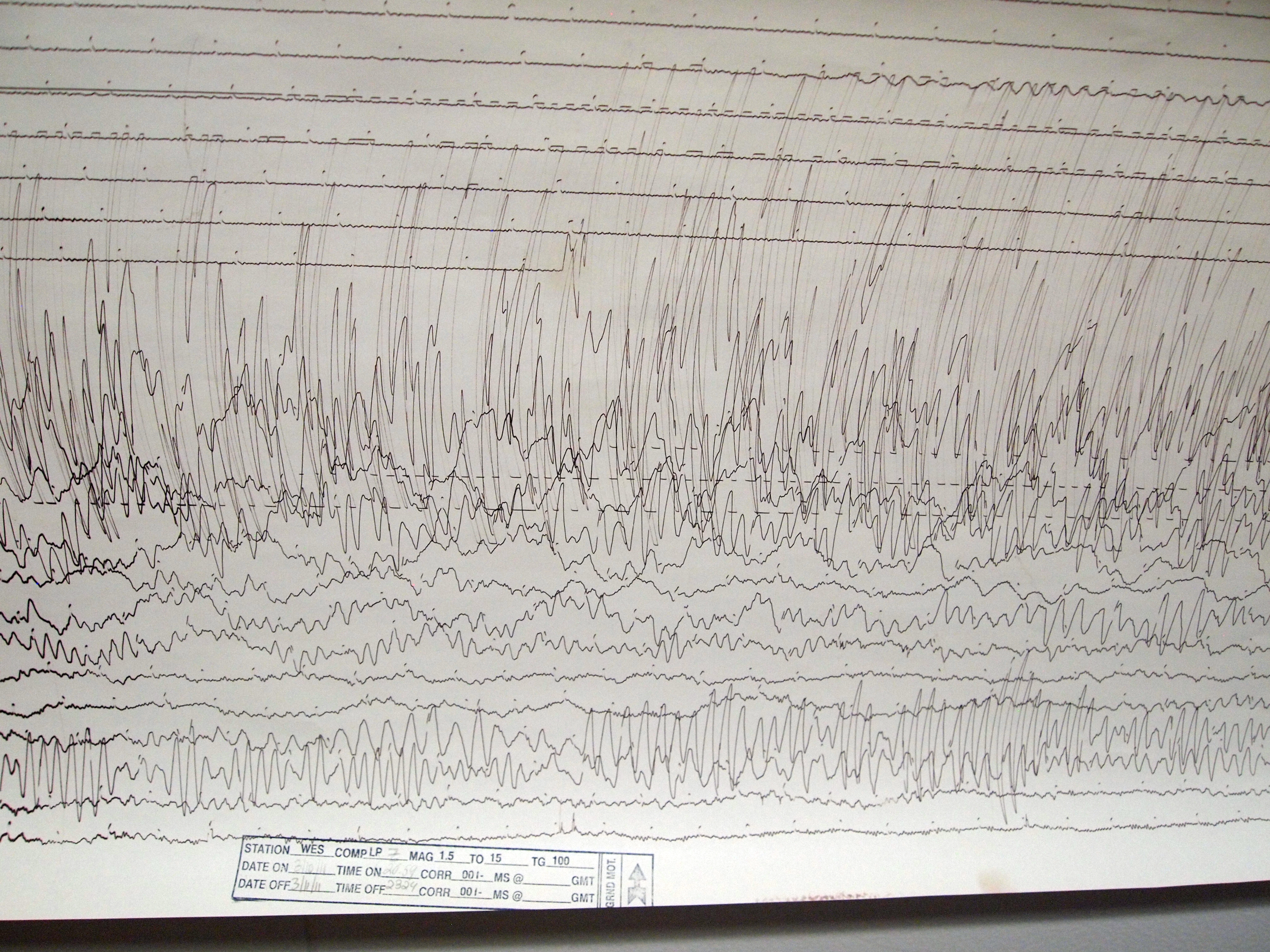|
2024 Haneda Airport Runway Collision
On 2 January 2024, a Ground collision, runway collision occurred at Haneda Airport in Tokyo, Japan, involving an Airbus A350-900, operating Japan Airlines Flight 516 (JAL516), and a De Havilland Canada Dash 8-Q300 operated by the Japan Coast Guard (JA722A). Japan Airlines Flight 516 was a scheduled domestic passenger flight from New Chitose Airport near Sapporo, Japan, to Haneda Airport in Tokyo. The Coast Guard plane was scheduled to deliver relief supplies a day after the 2024 Noto earthquake. As Japan Airlines Flight 516 was landing, it collided with the Coast Guard plane, immediately igniting fires that destroyed both aircraft. Five of the six crew on board the Dash 8 died in the collision, with only the captain surviving. Everyone on board the A350 survived. Investigations have determined that Japan Airlines Flight 516 was given landing clearance, while the Coast Guard aircraft did not have permission to be on the runway. This accident marked the first major accident and ... [...More Info...] [...Related Items...] OR: [Wikipedia] [Google] [Baidu] |
Airbus A350
The Airbus A350 is a long-range, wide-body twin-engine jet airliner developed and produced by Airbus. The first A350 design proposed by Airbus in 2004, in response to the Boeing 787 Dreamliner, would have been a development of the A330 with composite wings and new engines. As market support was inadequate, in 2006, Airbus switched to a clean-sheet "XWB" (eXtra Wide Body) design, powered by two Rolls-Royce Trent XWB turbofan engines. The prototype first flew on 14 June 2013 from Toulouse in France. Type certification from the European Aviation Safety Agency (EASA) was obtained in September 2014, followed by certification from the Federal Aviation Administration (FAA) two months later. The A350 is the first Airbus aircraft largely made of carbon-fiber-reinforced polymers. It has a new fuselage designed around a nine-abreast economy cross-section, up from the eight-abreast A330/A340. It has a common type rating with the A330. The airliner has two variants: the A350-900 ... [...More Info...] [...Related Items...] OR: [Wikipedia] [Google] [Baidu] |
2011 Tōhoku Earthquake And Tsunami
The occurred at 14:46 JST (05:46 UTC) on 11 March. The magnitude 9.0–9.1 (M) undersea megathrust earthquake had an epicenter in the Pacific Ocean, east of the Oshika Peninsula of the Tōhoku region, and lasted approximately six minutes, causing a tsunami. It is sometimes known in Japan as the , among other names. The disaster is often referred to in both Japanese and English as simply 3.11 (read in Japanese). It was the most powerful earthquake ever recorded in Japan, and the fourth most powerful earthquake in the world since modern record-keeping began in 1900. The earthquake triggered powerful tsunami waves that may have reached heights of up to in Miyako in Tōhoku's Iwate Prefecture, Yomiuri Shimbun evening edition 2-11-04-15 page 15, nearby Aneyoshi fishery port (姉吉漁港)(Google map E39 31 57.8, N 142 3 7.6) 2011-04-15大震災の津波、宮古で38.9 m…明治三陸上回るby okayasu Akio (岡安 章夫) and which, in the Sendai area, travele ... [...More Info...] [...Related Items...] OR: [Wikipedia] [Google] [Baidu] |
Tokyo Fire Department
The Tokyo Fire Department (TFD) ( Japanese: 東京消防庁, Tokyo Shōbōchō) is a fire department headquartered in Ōtemachi, Chiyoda, Tokyo, Japan. " Tokyo Fire Department. Retrieved on May 16, 2010. The TFD was formed on March 7, 1948, and is responsible for protecting the Area. The Fire Department is the largest urban fire department in the world. Covering the and parts of . I ... [...More Info...] [...Related Items...] OR: [Wikipedia] [Google] [Baidu] |
Closed-circuit Television
Closed-circuit television (CCTV), also known as video surveillance, is the use of video cameras to transmit a signal to a specific place, on a limited set of monitors. It differs from broadcast television in that the signal is not openly transmitted, though it may employ point-to-point (P2P), point-to-multipoint (P2MP), or Mesh networking, mesh wired or Wireless, wireless links. Even though almost all video cameras fit this definition, the term is most often applied to those used for surveillance in areas that require additional security or ongoing monitoring (Videotelephony is seldom called "CCTV"). Surveillance of the public using CCTV is common in many areas around the world. In recent years, the use of body worn video cameras has been introduced as a new form of surveillance, often used in law enforcement, with cameras located on a police officer's chest or head. Video surveillance has generated significant debate about balancing its use with individuals' right to privac ... [...More Info...] [...Related Items...] OR: [Wikipedia] [Google] [Baidu] |
Aircraft Registration
An aircraft registration is a code unique to a single aircraft, required by international convention to be marked on the exterior of every civil aircraft. The registration indicates the aircraft's country of registration, and functions much like an automobile license plate or a ship registration. This code must also appear in its Certificate of Registration, issued by the relevant civil aviation authority (CAA). An aircraft can only have one registration, in one jurisdiction, though it is changeable over the life of the aircraft. Legal provisions In accordance with the Convention on International Civil Aviation (also known as the Chicago Convention), all civil aircraft must be registered with a civil aviation authority (CAA) using procedures set by each country. Every country, even those not party to the Chicago Convention, has an NAA whose functions include the registration of civil aircraft. An aircraft can only be registered once, in one jurisdiction, at a time. The NAA al ... [...More Info...] [...Related Items...] OR: [Wikipedia] [Google] [Baidu] |
Call Sign
In broadcasting and radio communications, a call sign (also known as a call name or call letters—and historically as a call signal—or abbreviated as a call) is a unique identifier for a transmitter station. A call sign can be formally assigned by a government agency, informally adopted by individuals or organizations, or even cryptographically encoded to disguise a station's identity. The use of call signs as unique identifiers dates to the landline railroad telegraph system. Because there was only one telegraph line linking all railroad stations, there needed to be a way to address each one when sending a telegram. In order to save time, two-letter identifiers were adopted for this purpose. This pattern continued in radiotelegraph operation; radio companies initially assigned two-letter identifiers to coastal stations and stations onboard ships at sea. These were not globally unique, so a one-letter company identifier (for instance, 'M' and two letters as a Marcon ... [...More Info...] [...Related Items...] OR: [Wikipedia] [Google] [Baidu] |
Japan Standard Time
, or , is the standard time zone in Japan, 9 hours ahead of UTC ( UTC+09:00). Japan does not observe daylight saving time, though its introduction has been debated on several occasions. During World War II, the time zone was often referred to as Tokyo Standard Time. Japan Standard Time is equivalent to Korean Standard Time, Pyongyang Time (North Korea), Eastern Indonesia Standard Time, East-Timorese Standard Time and Yakutsk Time (Russia). History Before the Meiji era (1868–1912), each local region had its own time zone in which noon was when the sun was exactly at its culmination. As modern transportation methods, such as trains, were adopted, this practice became a source of confusion. For example, there is a difference of about 5 degrees longitude between Tokyo and Osaka and because of this, a train that departed from Tokyo would arrive at Osaka 20 minutes behind the time in Tokyo. In 1886, Ordinance 51 was issued in response to this problem, which stated: Acc ... [...More Info...] [...Related Items...] OR: [Wikipedia] [Google] [Baidu] |
ICAO Airline Code
This is a list of airline codes. The table lists IATA's two-character airline designators, ICAO's three-character airline designators and the airline call signs (telephony designator). Historical assignments are also included.ht IATA airline designator IATA airline designators, sometimes called IATA reservation codes, are two-character codes assigned by the International Air Transport Association (IATA) to the world's airlines. The standard is described in IATA's ''Standard Schedules Information Manual'' and the codes themselves are described in IATA's ''Airline Coding Directory''. (Both are published semiannually.) The IATA codes were originally based on the ICAO designators which were issued in 1947 as two-letter airline identification codes (see the section below). IATA expanded the two-character-system with codes consisting of a letter and a digit (or vice versa) e.g. EasyJet's U2 after ICAO had introduced its current three-letter-system in 1982. Until then only combi ... [...More Info...] [...Related Items...] OR: [Wikipedia] [Google] [Baidu] |
Niigata (city)
is a city located in the northern part of Niigata Prefecture (). It is the capital and the most populous city of Niigata Prefecture, and one of the cities designated by government ordinance of Japan, located in the Chūbu region of Japan. It is the most populous city on the west coast of Honshu, and the second populous city in Chūbu region after Nagoya. It faces the Sea of Japan and Sado Island. , the city had an estimated population of 779,049, and a population density of 1,072 persons per km2. The total area is . Greater Niigata, the Niigata Metropolitan Employment Area, has a GDP of US$43.3 billion as of 2010. It is the only government-designated city on the west coast of Honshu. It has the greatest habitable area of cities in Japan (). It is designated as a reform base for the large scale agriculture under () initiatives. Overview Niigata was one of the cities incorporated by the legislation effective on April 1, 1889 (Meiji 22). With a long history as a port town, N ... [...More Info...] [...Related Items...] OR: [Wikipedia] [Google] [Baidu] |
2024 Haneda Airport Runway Collision Aerial Photo Layout
4 (four) is a number, numeral and digit. It is the natural number following 3 and preceding 5. It is the smallest semiprime and composite number, and is considered unlucky in many East Asian cultures. In mathematics Four is the smallest composite number, its proper divisors being and . Four is the sum and product of two with itself: 2 + 2 = 4 = 2 x 2, the only number b such that a + a = b = a x a, which also makes four the smallest squared prime number p^. In Knuth's up-arrow notation, , and so forth, for any number of up arrows. By consequence, four is the only square one more than a prime number, specifically three. The sum of the first four prime numbers two + three + five + seven is the only sum of four consecutive prime numbers that yields an odd prime number, seventeen, which is the fourth super-prime. Four lies between the first proper pair of twin primes, three and five, which are the first two Fermat primes, like seventeen, which is the third. On the ... [...More Info...] [...Related Items...] OR: [Wikipedia] [Google] [Baidu] |
Multilateration
Trilateration is the use of distances (or "ranges") for determining the unknown position coordinates of a point of interest, often around Earth ( geopositioning). When more than three distances are involved, it may be called multilateration, for emphasis. The distances or ranges might be ordinary Euclidean distances (slant ranges) or spherical distances (scaled central angles), as in '' true-range multilateration''; or biased distances ( pseudo-ranges), as in '' pseudo-range multilateration''. Trilateration or multilateration should not be confused with ''triangulation'', which uses angles for positioning; and '' direction finding'', which determines the line of sight direction to a target without determining the radial distance. Terminology Multiple, sometimes overlapping and conflicting terms are employed for similar concepts – e.g., ''multilateration'' without modification has been used for aviation systems employing both true-ranges and pseudo-ranges."Multilateration ( ... [...More Info...] [...Related Items...] OR: [Wikipedia] [Google] [Baidu] |
Automatic Dependent Surveillance–Broadcast
Automatic Dependent Surveillance–Broadcast (ADS-B) is a surveillance technology and form of Electronic Conspicuity in which an aircraft determines its position via satellite navigation or other sensors and periodically broadcasts it, enabling it to be tracked. The information can be received by air traffic control ground stations as a replacement for secondary surveillance radar, as no interrogation signal is needed from the ground. It can also be received by other aircraft to provide situational awareness and allow self-separation. ADS-B is "automatic" in that it requires no pilot or external input. It is "dependent" in that it depends on data from the aircraft's navigation system. ADS-B is being incorporated in various jurisdictions worldwide. It is an element of the United States Next Generation Air Transportation System (NextGen), the Airports Authority of India upgrade plans in line with the ICAO Global Plan Initiatives and Aviation System Block Upgrade (ASBU), and the S ... [...More Info...] [...Related Items...] OR: [Wikipedia] [Google] [Baidu] |






.png)
.jpg)


.jpg)